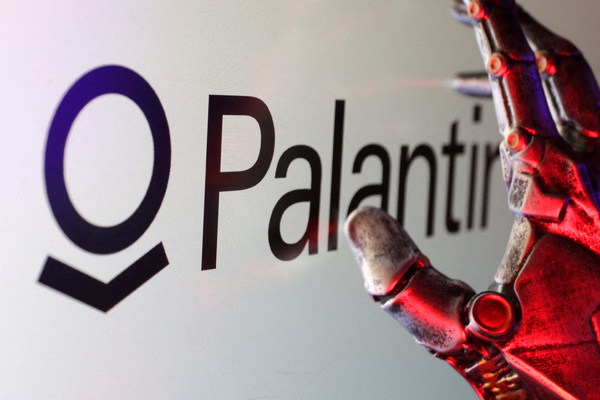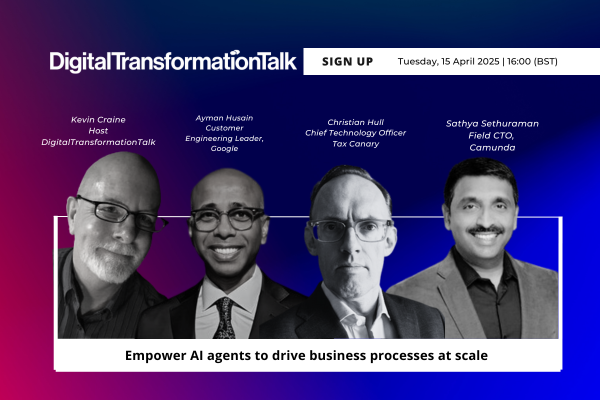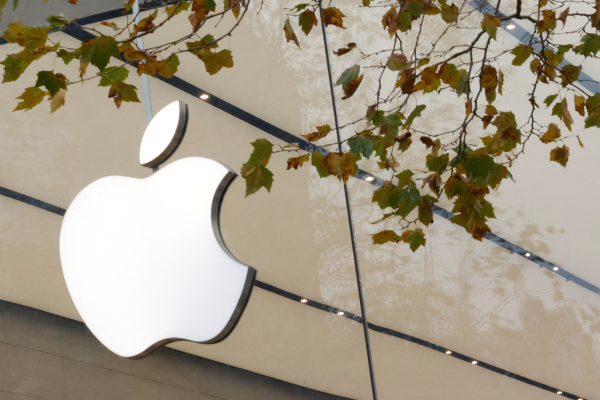Journeying to a brighter paperless future
Sponsored by FormstackThere’s a big problem that organisations around the world are wrestling with: paper.

Paper has its uses of course: it’s convenient and cheap. But paper documents are hard to handle. Paper gets lost and damaged, it’s difficult to search, and it’s extremely expensive to store.
Not only that, it’s very hard to take the data held in a paper document and copy it into another document without having to rekey it. This is a process that typically leads to error rates of between 1 and 4 per cent – something that can be a major headache with legal, medical or financial documents.
Benefits of digitised documents
The solution is to digitise documents. Implementing processes where documents are created digitally, rather than on paper, has many advantages. It’s efficient and can save organisations a great deal of time. With digital documents, workflows can be simplified and in some cases even automated. And once created, digital documents are simple to store and easy to locate, search and access.
In addition, digitising document creation delivers a better user experience. It’s common for people in settings such as healthcare and insurance to have to input the same data in several different forms.
Errors can creep in, especially when people are frustrated by having to do this. Most of all, it’s demotivating, as people feel their time is being wasted. But if documents are digitised then data can simply be copied between documents.
Empowering employees
Digitising documents enables another even larger benefit: process automation. The automation of document workflows, where documents are created and shared automatically frees people up to reclaim the workday and do the difficult work that humans are so good at.
For example, in a healthcare setting, it’s much better to have doctors deciding on appropriate treatment than make them spend their time searching for a particular document in a set of patient’s notes before they can make their diagnosis. And that’s even if the notes are accessible and not stored somewhere off site.
Document digitisation need not be complex for employees to handle. Generally it will come as part of a “no-code” capability, where employees don’t need any technical skills (beyond the basic ability to use a computer) when they are creating documents.
Enhanced security
Another important benefit of document digitisation is the security and compliance aspect. Paper documents can easily be lost or stolen. And while there are plenty of reports of cyber-security breaches, with proper and fairly simple precautions, digitised documents can be made very secure, with access to them strictly controlled and with the assurance that they haven’t been copied or altered without authorisation.
In addition, signatures on digital documents have an advantage over signed paper documents in that there is a robust record of who signed them, when and even where, that can be referred to for audit purposes.
Meet Formstack
Formstack is a leader in document digitisation. Founded in 2006, it provides services that enable companies to accelerate work by automating manual processes such as filling out forms and creating and signing documents.
By digitising documents, Formstack has saved organisations worldwide more than 470 million sheets of paper, two million ink cartridges, and one million gallons of water by digitising forms, documents and signature workflows.
The company’s all-in-one platform means documents can be generated automatically, data can be collected efficiently by forms that have been built in just a few clicks, and documents signed on any device, with workflows that meet industry standards, including FDA and HIPAA compliance.
Through Formstack’s innovative “no code” processes, which use simple drag-and-drop, conditional logic and pre-designed templates, employees without any technical skills can build their own documents including smart digital forms that react to user input.
Stop big paper
Digitising documents makes complete sense in almost all circumstances. The days when filing cabinets took up large amounts of office space, and even then had to be supplemented by expensive offsite document storage facilities, are over. Having a “big paper” mindset is no longer seen as being prudent.
Instead it is considered wasteful and inflexible.
Document digitisation is a strategy all organisations should adopt, as well as being an essential part of any digital transformation programme. It is good for the planet, good for people and good for business.
Visit the Stop Big Paper website to learn more about how Formstack can help you digitise your business.

Business Reporter Team
Related Articles
Most Viewed
Winston House, 3rd Floor, Units 306-309, 2-4 Dollis Park, London, N3 1HF
23-29 Hendon Lane, London, N3 1RT
020 8349 4363
© 2025, Lyonsdown Limited. Business Reporter® is a registered trademark of Lyonsdown Ltd. VAT registration number: 830519543





